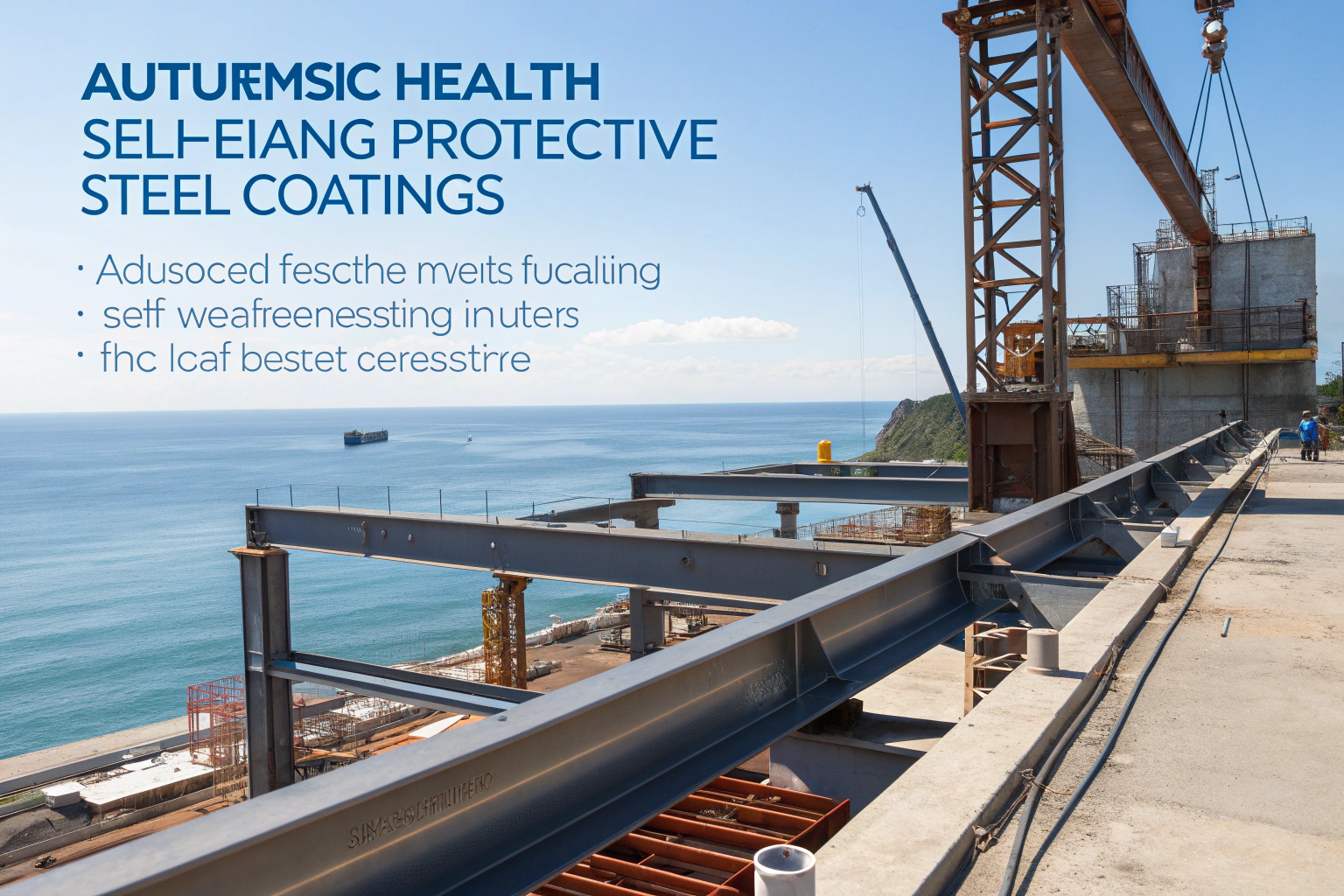When buyers in industries such as construction, automotive, and marine look for corrosion protection, they often feel trapped between high costs, limited suppliers, and uncertain product reliability. The fear of poor performance can delay projects and increase risks, especially when new technologies like self-healing coatings are involved.
The good news is that sourcing self-healing corrosion protective coatings is possible with the right knowledge, trusted suppliers, and a clear checklist of requirements. By focusing on quality, testing, and logistics, buyers can reduce risks and secure coatings that deliver long-term value.
If you want to take the lead in sourcing, you need to know not just where to buy but how to evaluate. That means looking at certifications, understanding supply chain efficiency, and building partnerships with coating developers who can meet global standards.
What Are Self-Healing Coatings and How Do They Work?
Self-healing coatings sound futuristic, but they are already being used in multiple industries. Many buyers wonder if they really work or if it’s just marketing.
Self-healing coatings protect metal surfaces by repairing microscopic cracks or scratches automatically, using microcapsules or nanomaterials that release protective agents when damage occurs. This extends the lifetime of materials and reduces maintenance costs.
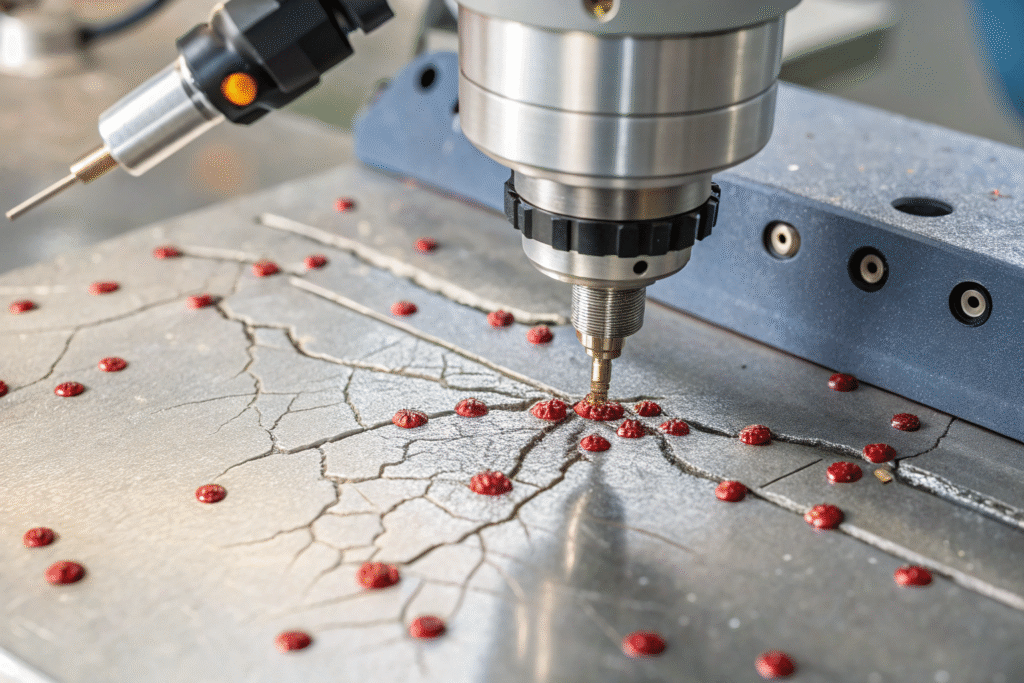
Do self-healing coatings work in real-world conditions?
Self-healing coatings are already applied in aerospace, oil pipelines, and marine vessels. For example, NASA has researched self-healing polymers for spacecraft, proving their reliability in extreme conditions. At the same time, ScienceDirect features numerous peer-reviewed studies showing effectiveness in saltwater and high-humidity environments.
Are they suitable for cost-sensitive industries?
While these coatings can be more expensive than traditional paints, they lower long-term costs by reducing repairs. According to ASM International, industries that adopt advanced protective coatings often cut lifecycle costs by more than 40%. This makes them suitable even for budget-conscious buyers when calculating total ownership costs.
Where to Find Reliable Self-Healing Coating Suppliers?
Many buyers worry about ending up with suppliers who oversell and underdeliver. The market has both innovative developers and traders without real R&D.
The best way to find reliable self-healing coating suppliers is to focus on companies with proven R&D capability, certifications like ISO/SGS, and export experience in markets with strict compliance, such as the EU and US.
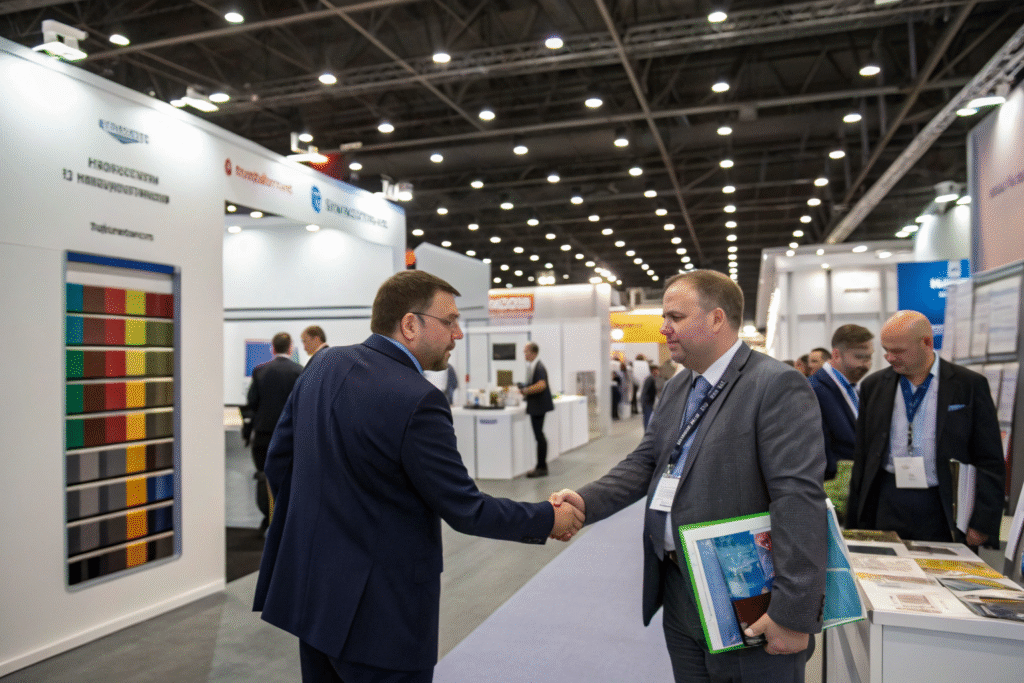
Should you buy directly from manufacturers or traders?
Direct manufacturers often provide better technical support and lower prices. For example, companies listed on Alibaba and Made-in-China showcase direct coating factories with CNAS-certified labs. However, traders may provide convenience when sourcing small batches.
How can trade shows help in sourcing?
International events like ChinaCoat and European Coatings Show gather global suppliers in one place. Buyers can test samples on-site, compare certifications, and negotiate logistics. These shows are especially valuable for building long-term supplier relationships.
What Certifications and Standards Should Buyers Check?
Buyers often struggle with verifying the quality of advanced coatings, especially when suppliers claim eco-friendly or nanotechnology features.
Checking certifications and international standards is the fastest way to confirm product quality and compliance. Buyers should look for ISO 9001, SGS testing, and REACH or RoHS compliance for European markets.
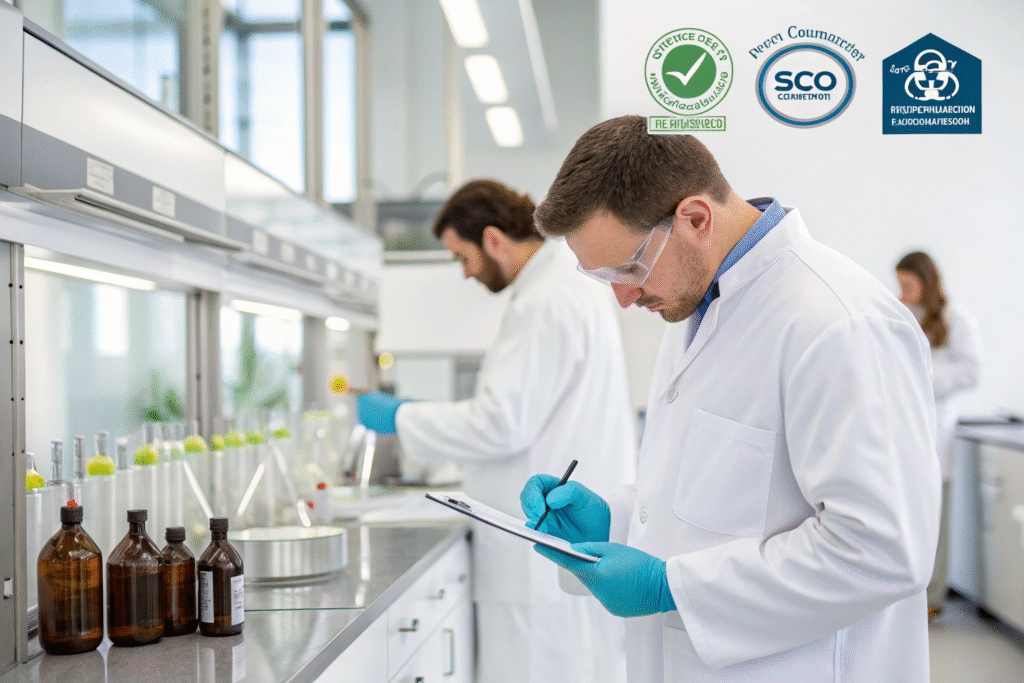
Do eco-certifications matter in the U.S. market?
Yes. Many U.S. buyers prefer suppliers with eco-certifications that align with EPA guidelines. Coatings with low-VOC formulations and recyclability claims help importers avoid environmental compliance issues.
Which certifications prove durability and safety?
Standards like ASTM International provide test methods for corrosion resistance. Passing these tests shows that the coating can perform in industrial conditions. Suppliers with CNAS or ITS-certified labs can provide detailed reports, helping buyers avoid performance risks.
How to Manage Logistics, Pricing, and Risks When Importing?
Even when buyers find the right coating, they worry about tariffs, customs delays, and hidden costs. Without proper planning, sourcing can quickly become expensive and stressful.
Managing logistics, pricing, and risks means working with suppliers who provide transparent shipping terms, flexible payment methods, and stable supply capacity. This ensures smooth importing and avoids unexpected costs.
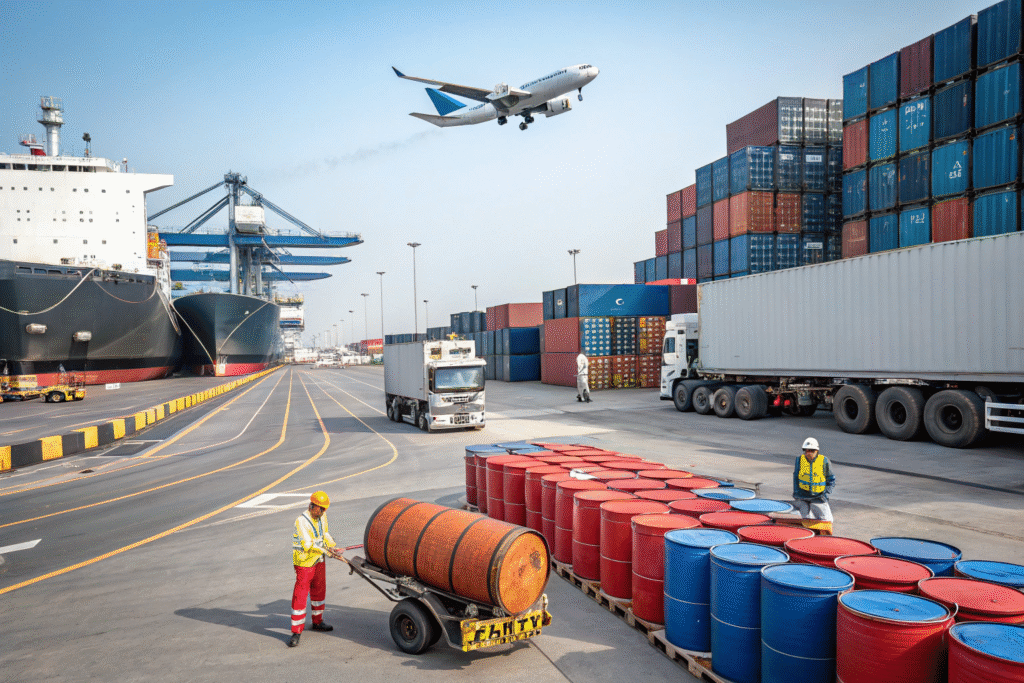
How can buyers reduce tariff impacts?
By sourcing from suppliers in free-trade zones or using bonded warehouses, buyers can cut tariff risks. For example, U.S. Customs and Border Protection outlines programs for duty deferral that many importers use to save costs.
What are the best payment and security practices?
Using secure methods like Alibaba Trade Assurance or LC (Letter of Credit) reduces risk of fraud. These systems protect buyers while giving suppliers confidence to ship on time.
Conclusion
Self-healing corrosion protective coatings are no longer experimental—they are a practical solution for industries that need long-lasting protection. By understanding how the technology works, where to find reliable suppliers, which certifications matter, and how to manage logistics, buyers can source coatings with confidence.
If you are ready to explore advanced protective fabric and coating solutions, we at Shanghai Fumao can be your trusted partner. Contact our Business Director Elaine at elaine@fumaoclothing.com to start developing your own orders today.

